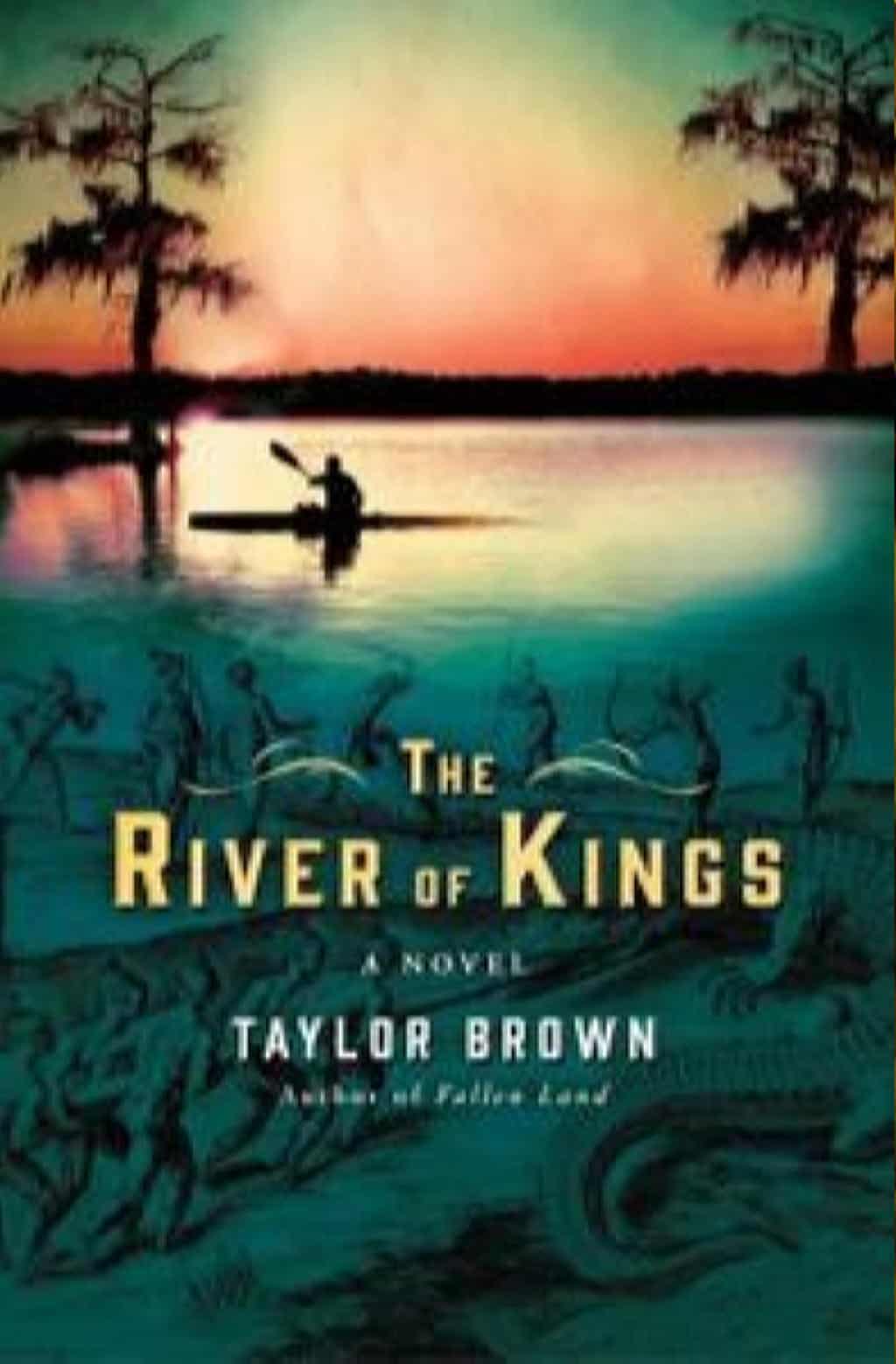 Summer Reading for Adults
Summer Reading for Adults
By Marcia Allen, Technical Services and Collections Manager
Last week was the annual North Central Kansas Libraries System Book Fair. Many librarians from around the region attended, and all had the opportunity to learn more about marketing, cost-cutting measures and recently released books. The following are a few of the newer book titles we discussed.
- The River of Kings is the latest from Taylor Brown, author of the historical romance, Fallen Land. Interwoven throughout this new fictional adventure are three distinct stories: the exploration of the Altamaha River in Georgia by the French in 1564, the misadventures of one Hiram Loggins in the latter part of the 20th century, and the efforts of Hiram’s sons, Hunter and Lawton, to take their now-deceased father’s ashes to the sea. This is a violent tale, with all parties the victims of some treachery or other while traveling this rugged river.
- A Single Spy by William Christie is all that a good spy novel should be. Sixteen-year-old Alexsi is captured while running guns in Azerbaijan in 1936. Given the choice of death or spying on Nazis, he chooses to travel to Germany to spy in behalf of the Russians. Soon, his skills are noticed by high-ranking Nazis, and he is recruited by them to spy on the Russians. Alexsi, who speaks fluent Russian and German, also possesses other traits, like lock-picking and combat skills, so he finds himself in a precarious situation. This one has lots of betrayals and violence.
- Setting Free the Kites by Alex George is a nicely done coming-of-age novel. Middle school student Robert Carter is routinely bullied, until a new student, Nathan Till, assaults the tormenter. Soon Robert and Nathan become fast friends, and as they grow older, they rely on each other when family tragedies strike. Nathan is usually the daring leader of the exploits the two discover, and at some point old secrets will come into play. This is a great story about maturity and about love.
- The Great Outdoors by Brendan Leonard is a terrific selection for nature-lovers. This nonfiction book is full of excellent advice about trekking, camping, skiing and just about any outdoor adventure. Selections like “In the Water” present loads of good sense tips, as well as warnings about dangerous behavior. Outdoor expert Leonard has an excellent sense of humor, and his cautionary advice about bison behavior and selfies is outstanding. Leonard’s book is clad in a nice hard plastic cover, so it’s meant to be well-used.
- Himself by Jess Kidd is a novel/mystery heavily dependent on Irish folklore. Young Irishman Mahoney has just learned that he grew up in an orphanage, not because his single mother had abandoned him, but because something caused her to disappear. To learn more about her, Mahoney travels to the little village of Mulderrig and meets some unusual local characters. He also encounters deceased folks who died violently in the village, and they seem to be trying to tell him something. It seems Mahoney possesses some of the same supernatural skills that may have led to his mother’s disappearance.
- Will It Skillet? By Daniel Shumski is an astounding collection of no-hassle recipes that can easily be created in a cast iron skillet. Chocolate chip cookies turn out beautifully, and there’s a 30-minute recipe for macaroni and cheese that skips the boiling water completely. This is the kind of book that could easily lead to all kinds of variations. Simple steps, appealing photographs and the promise of some delectable dishes.
- Her Secret by noted inspirational author Shelley Shepard Gray gives us the story of Hannah Hilty who lives contentedly with her siblings and parents until a young man’s attentions turn into stalking. Hannah’s parents, who do not trust law enforcement, decide the only solution is to relocate the family far away. And so they all move where Hannah and family have to make new friends. The attentions of a young man named Isaac frighten Hannah at first, but she gradually learns to trust him. And then the stalker from before comes back into her life.
It’s always fun to talk about books with other readers, and this year’s Book Fair was no exception. It was special day we all enjoyed.


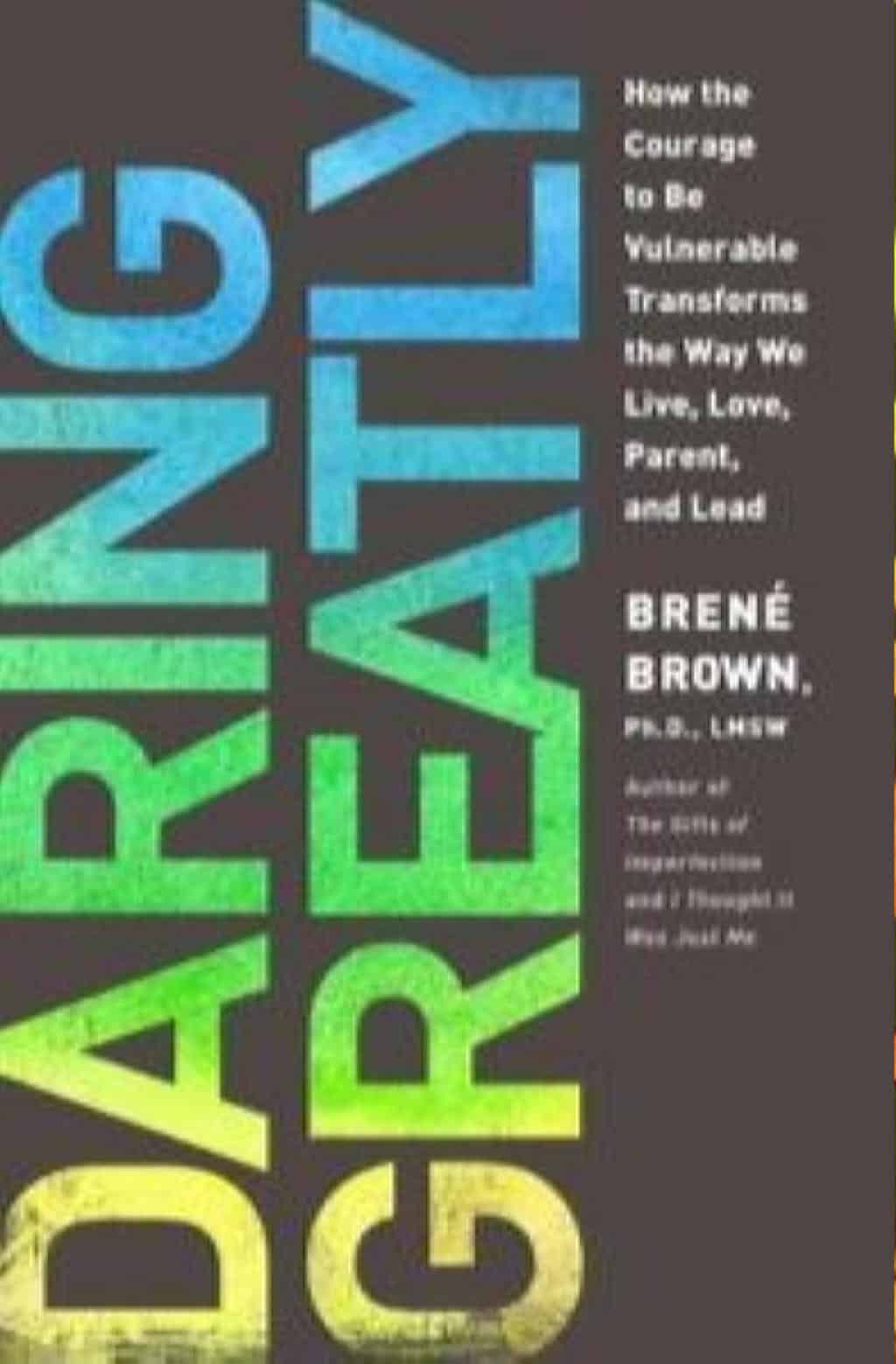 Graduating to the Next Level
Graduating to the Next Level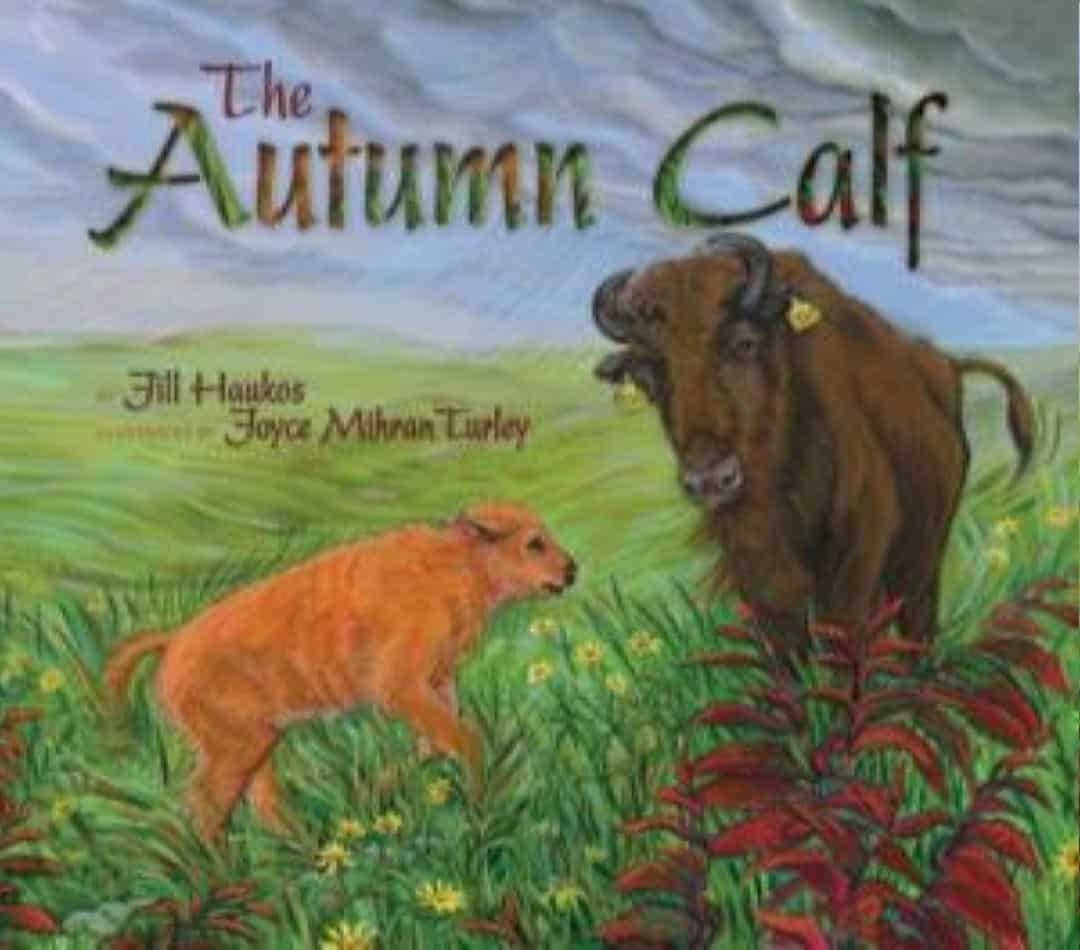 Time for a Hike
Time for a Hike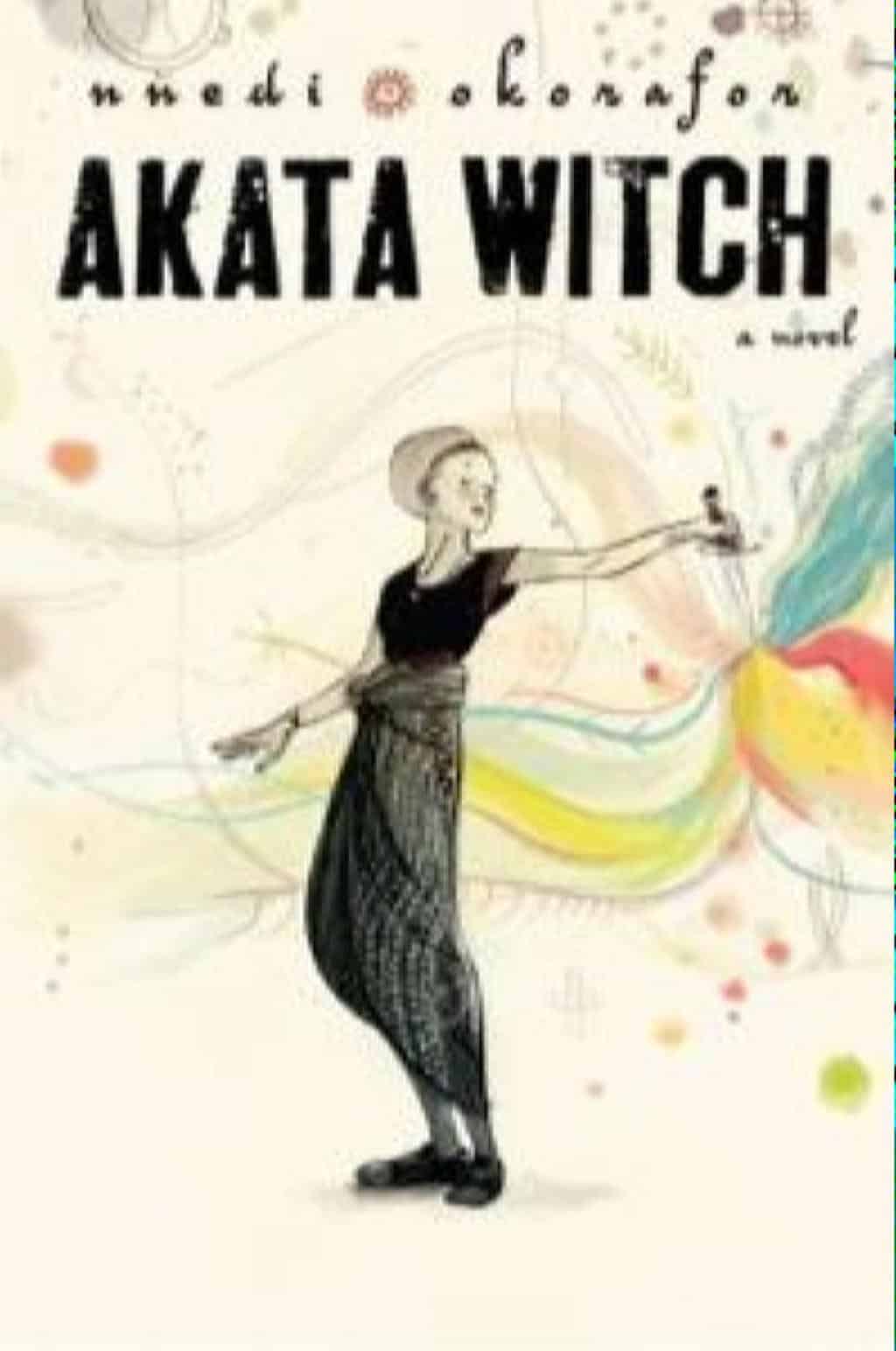 Folklore Beyond Grimm & Mythology Beyond the Greeks
Folklore Beyond Grimm & Mythology Beyond the Greeks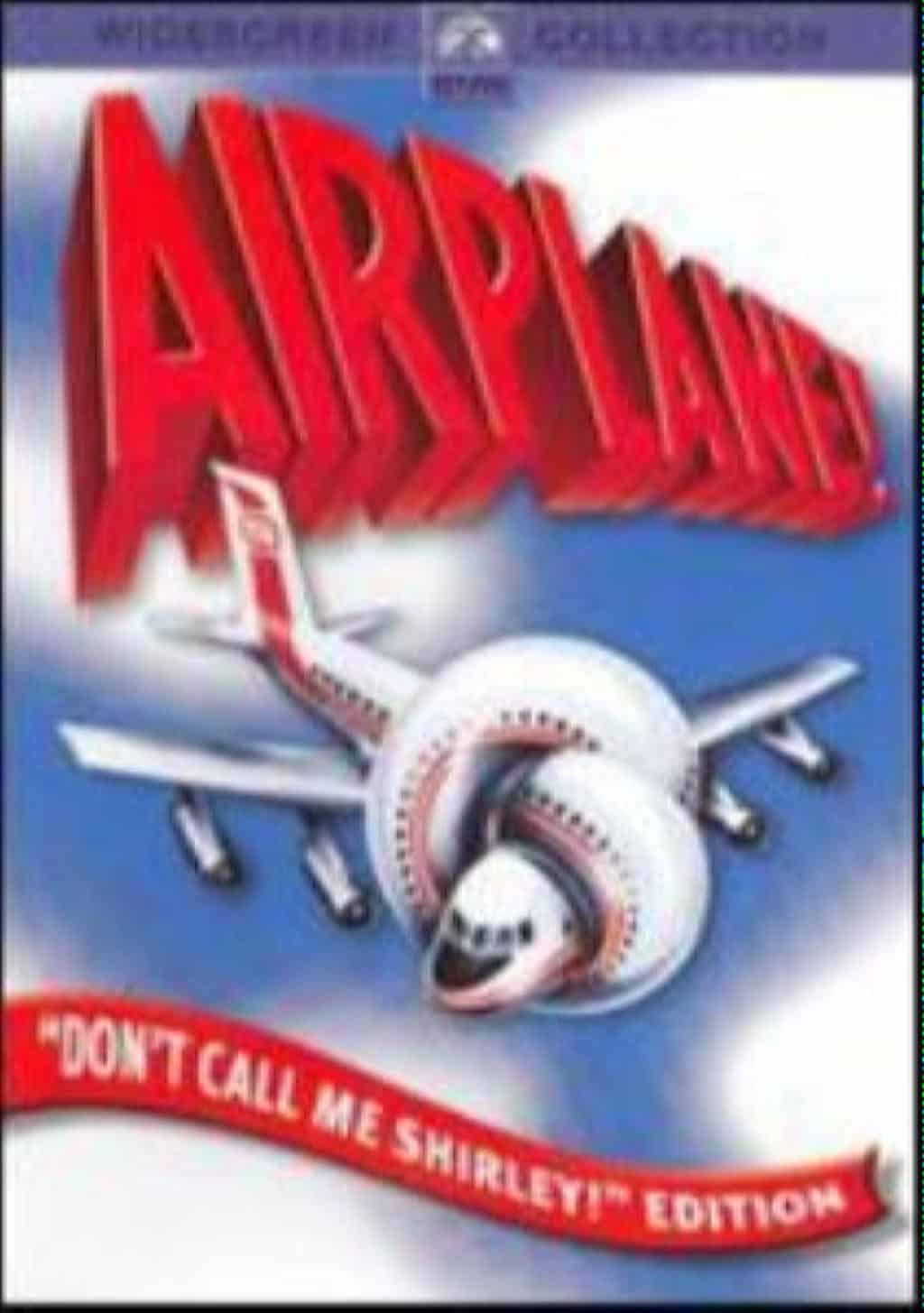 Laugh a Little, at the Library
Laugh a Little, at the Library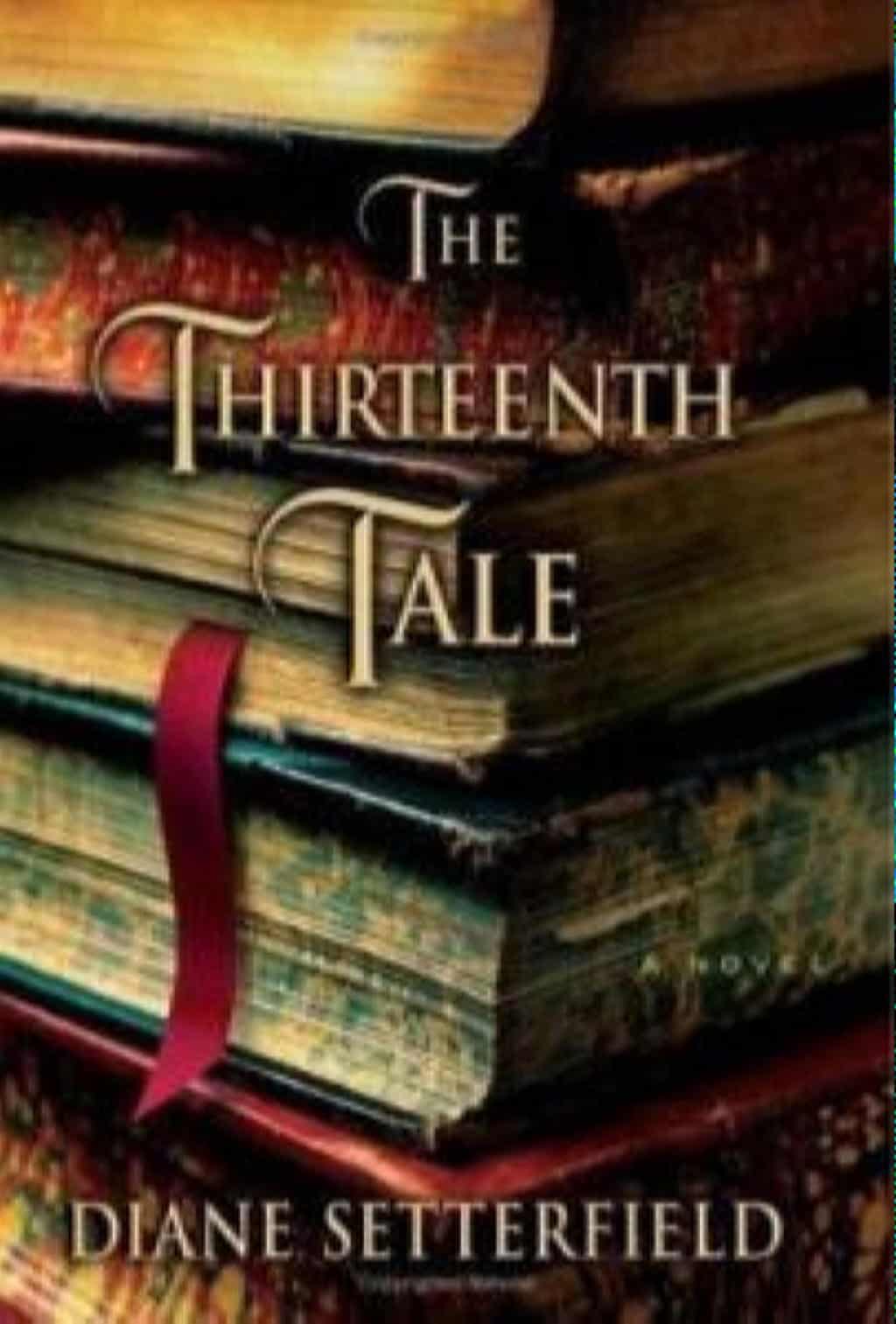 Books That Sarah Made Me Read
Books That Sarah Made Me Read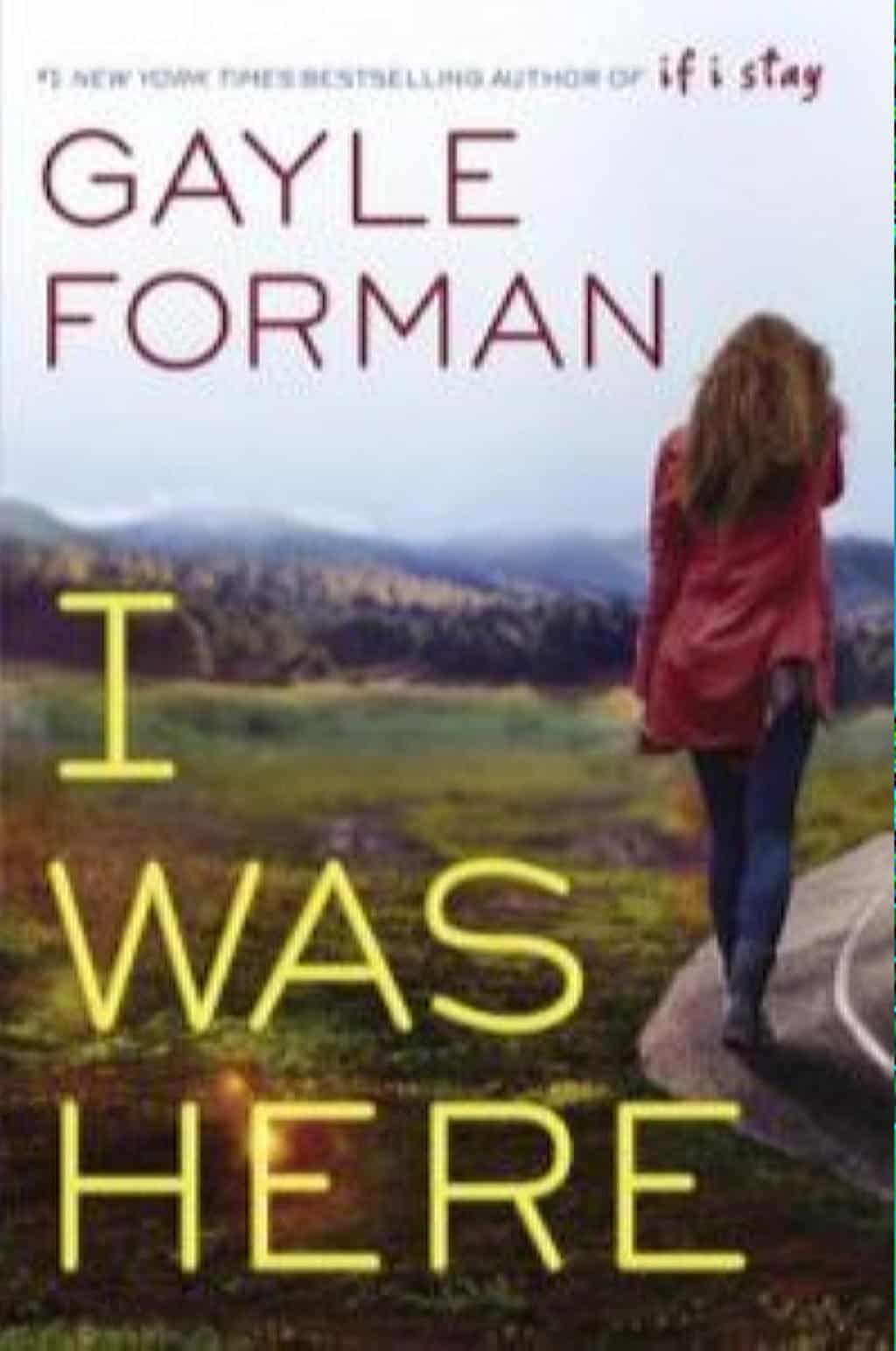 YA Books About Mental Health that Get it Right
YA Books About Mental Health that Get it Right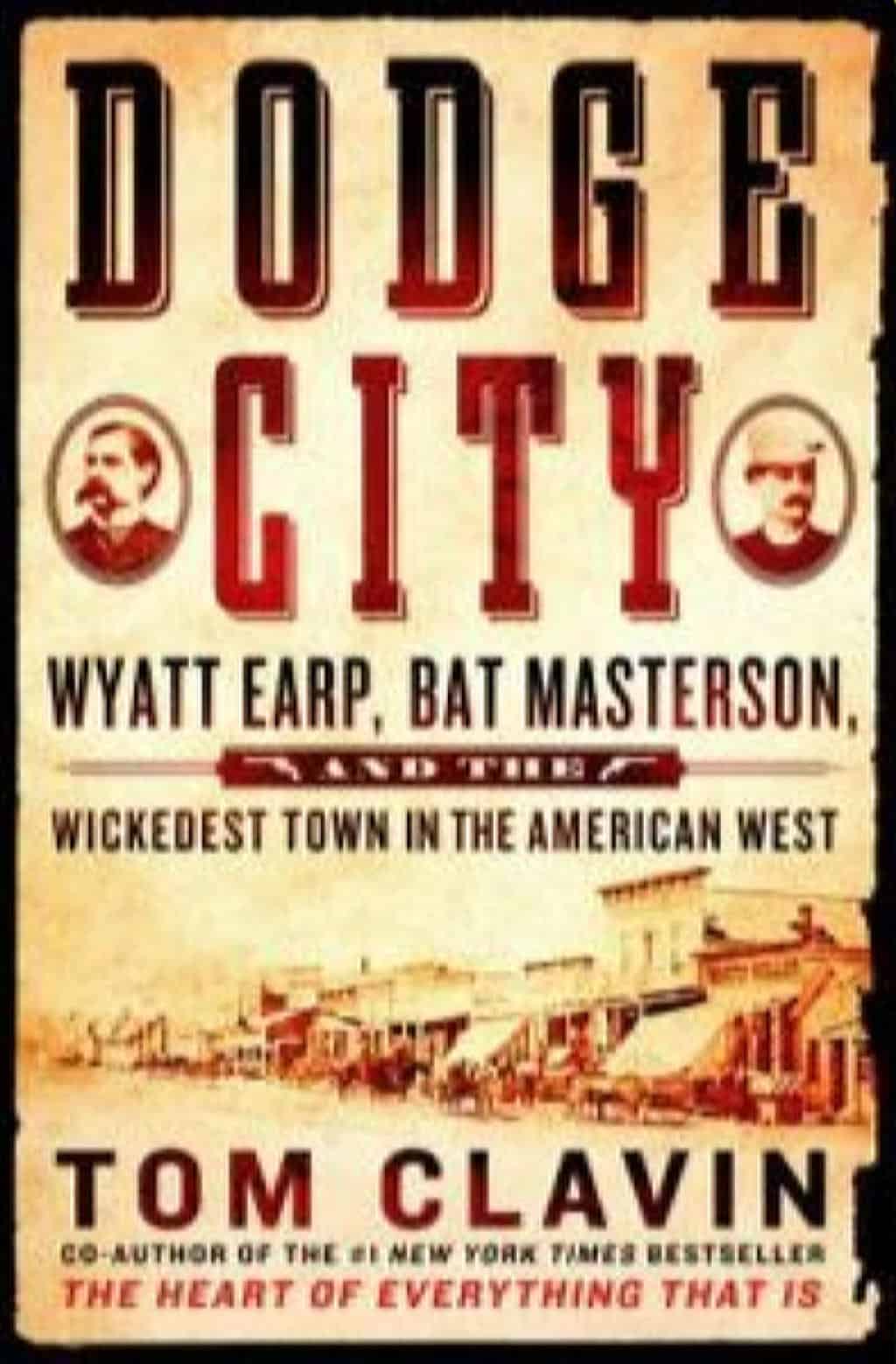 Dodge City at Its Wildest
Dodge City at Its Wildest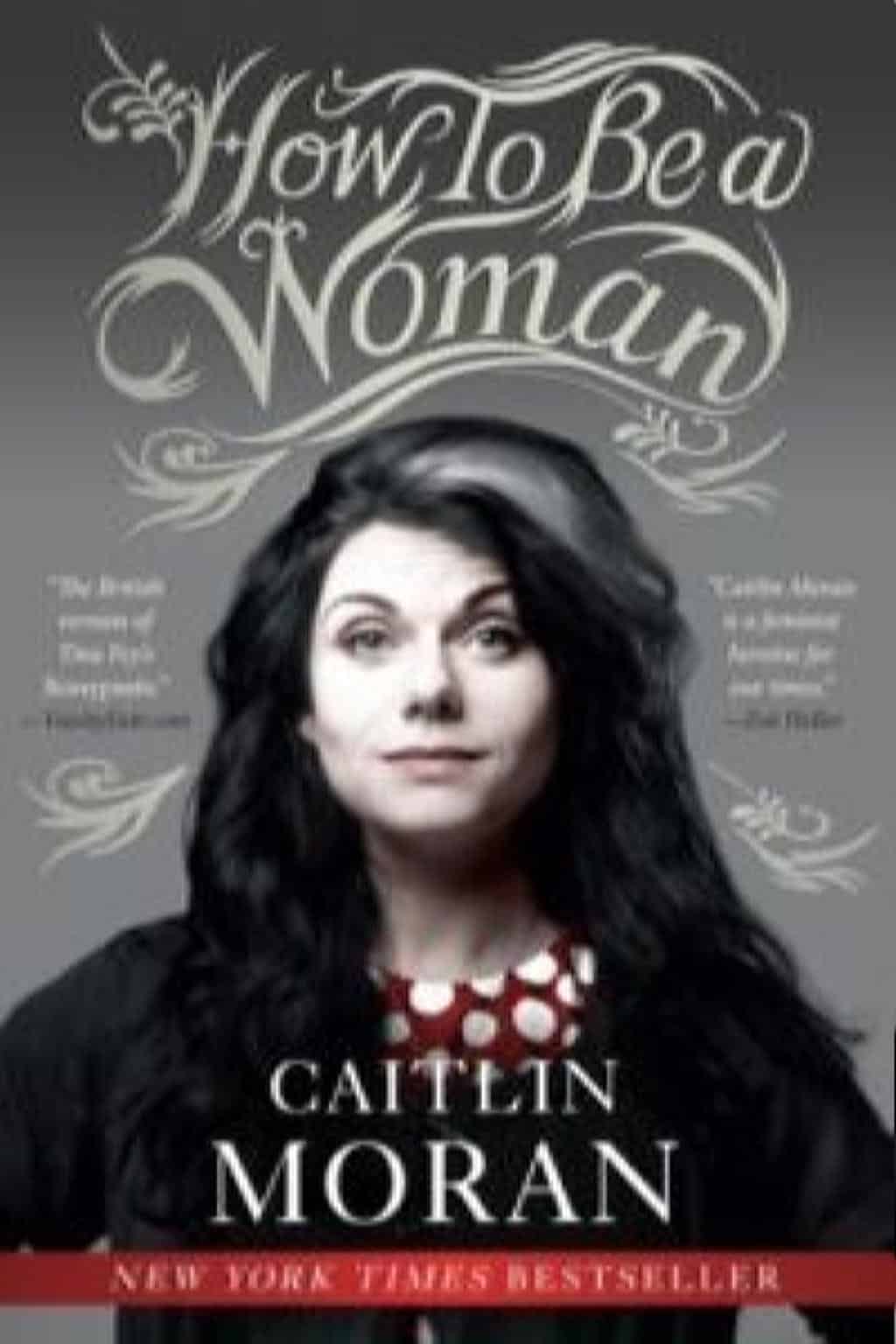 The Modern Face of Feminism
The Modern Face of Feminism